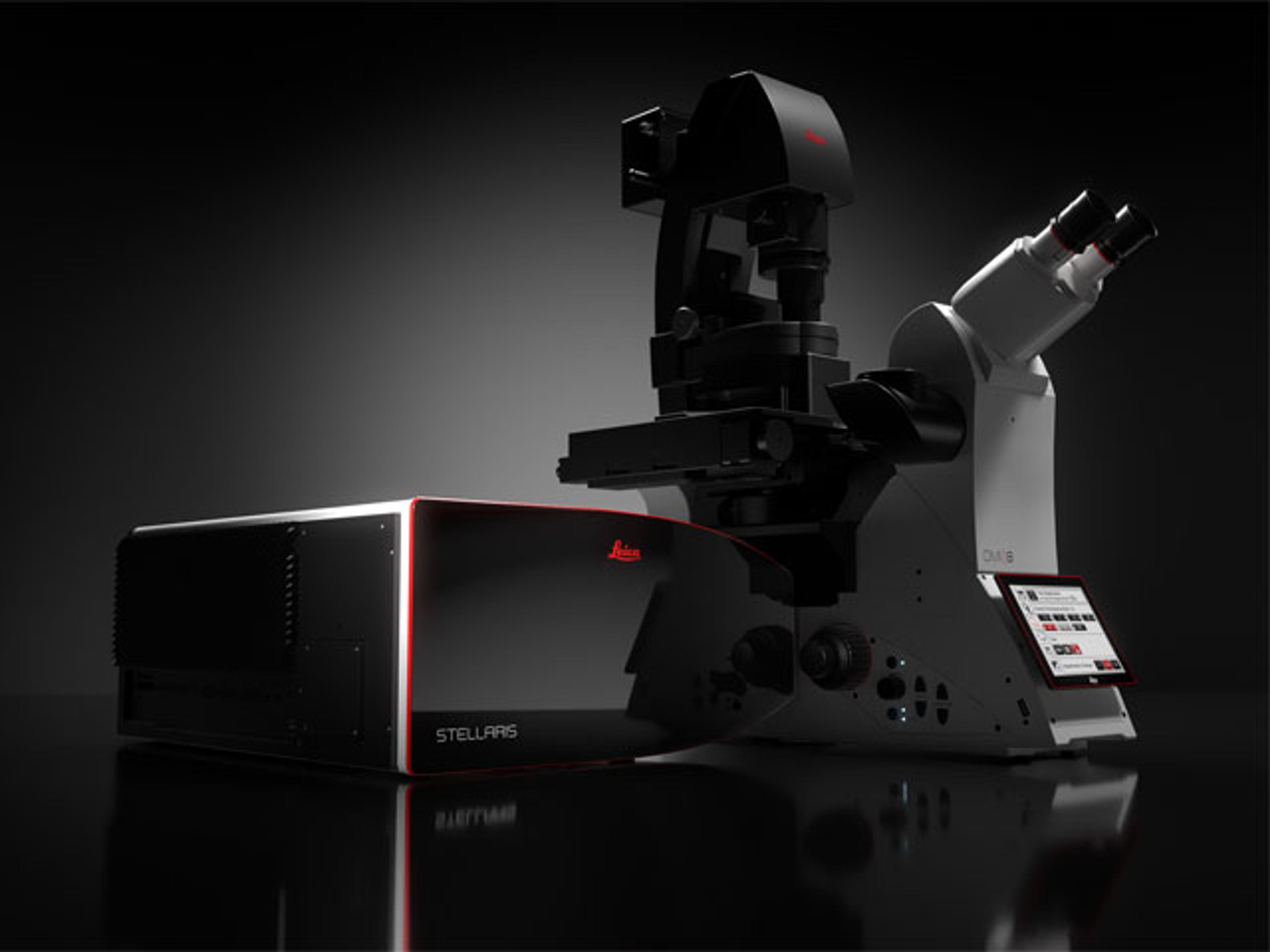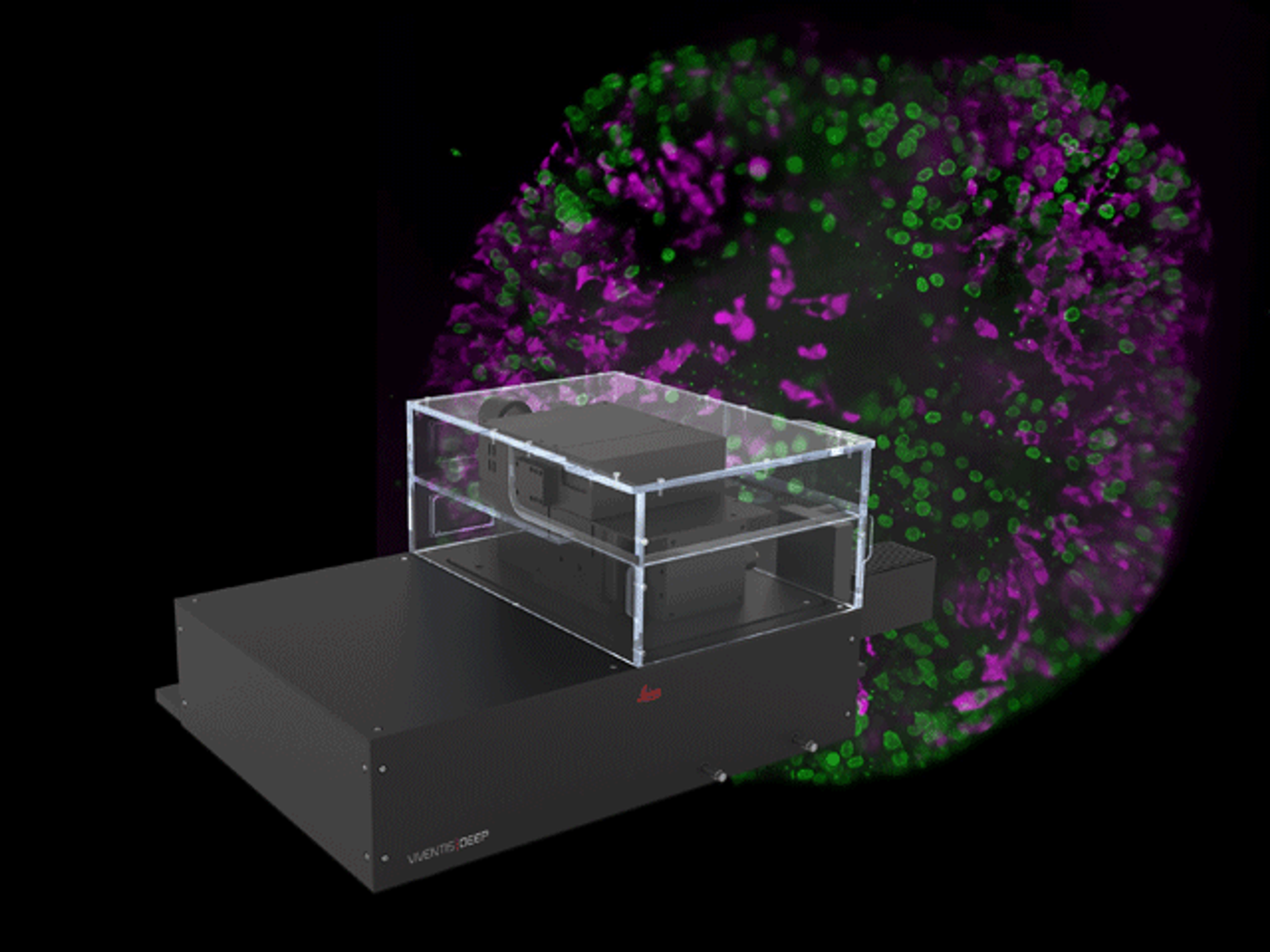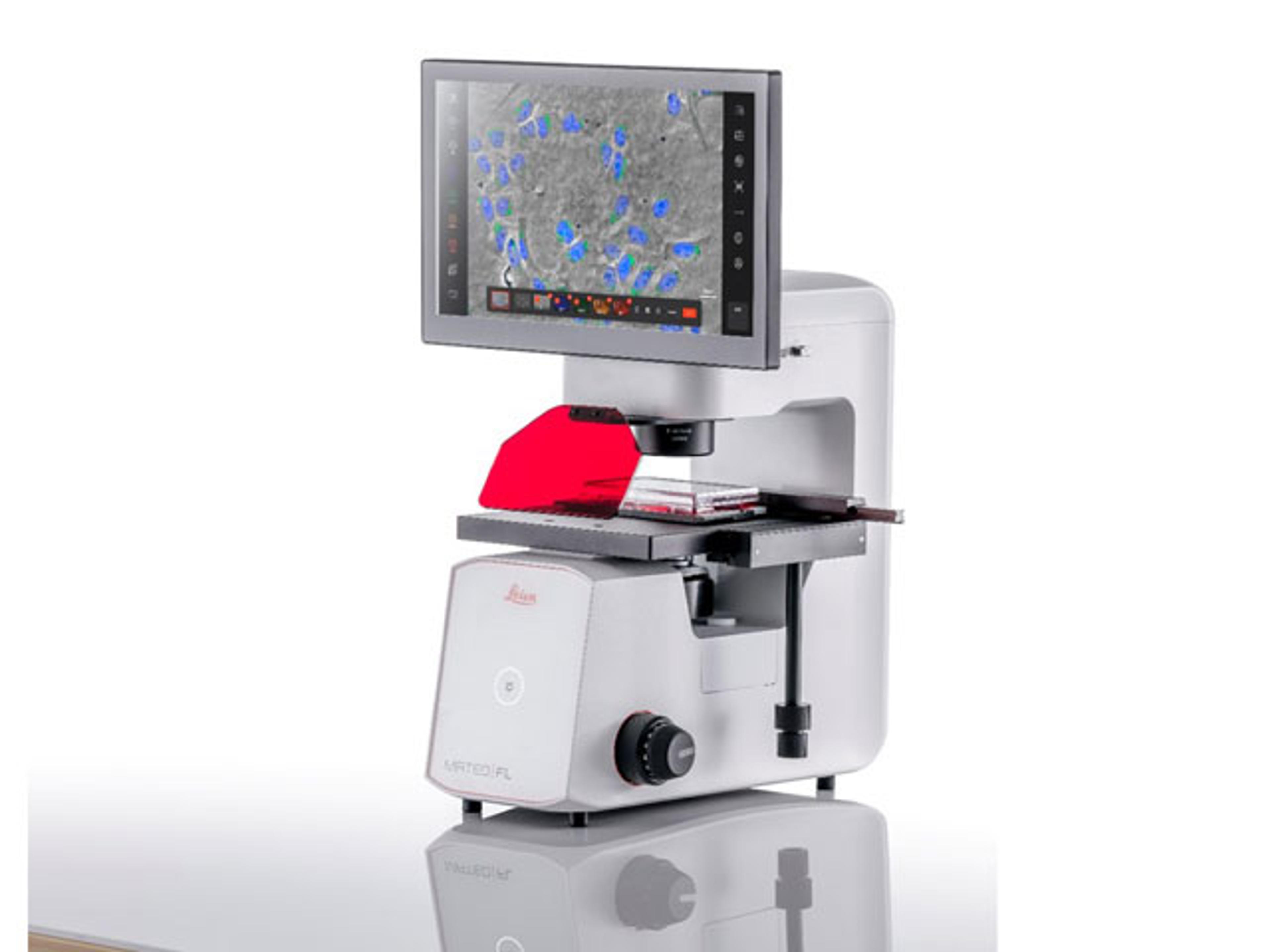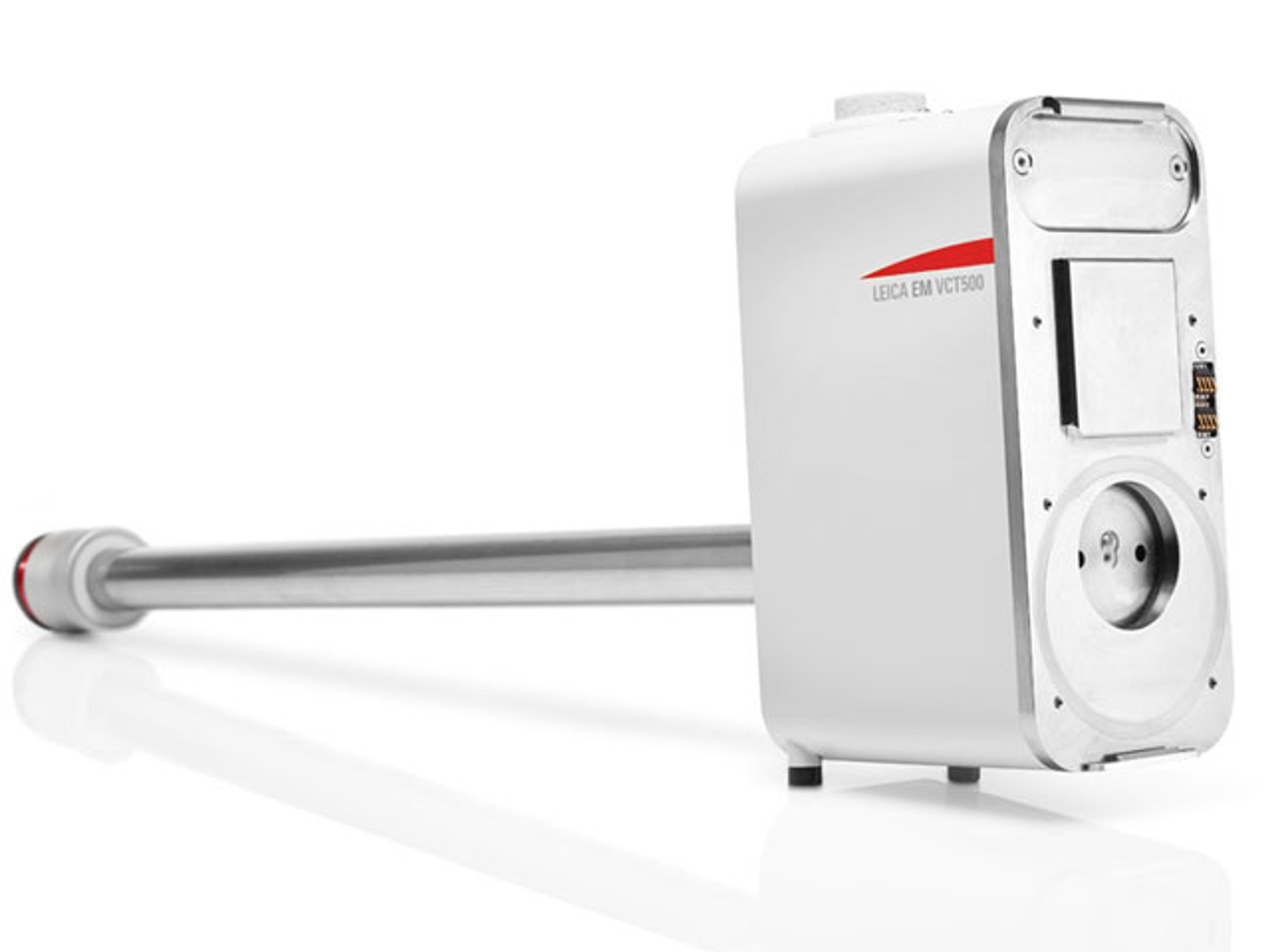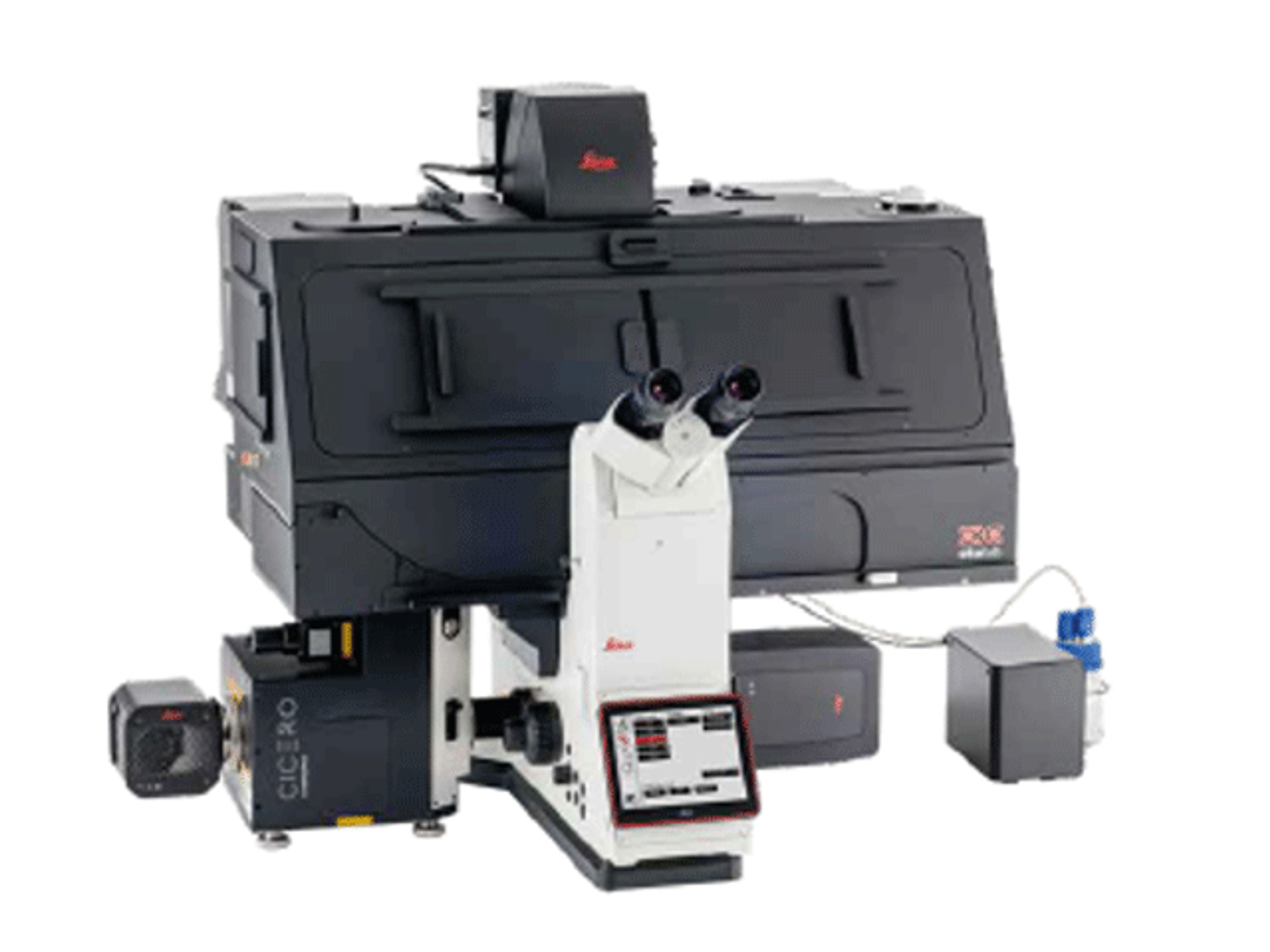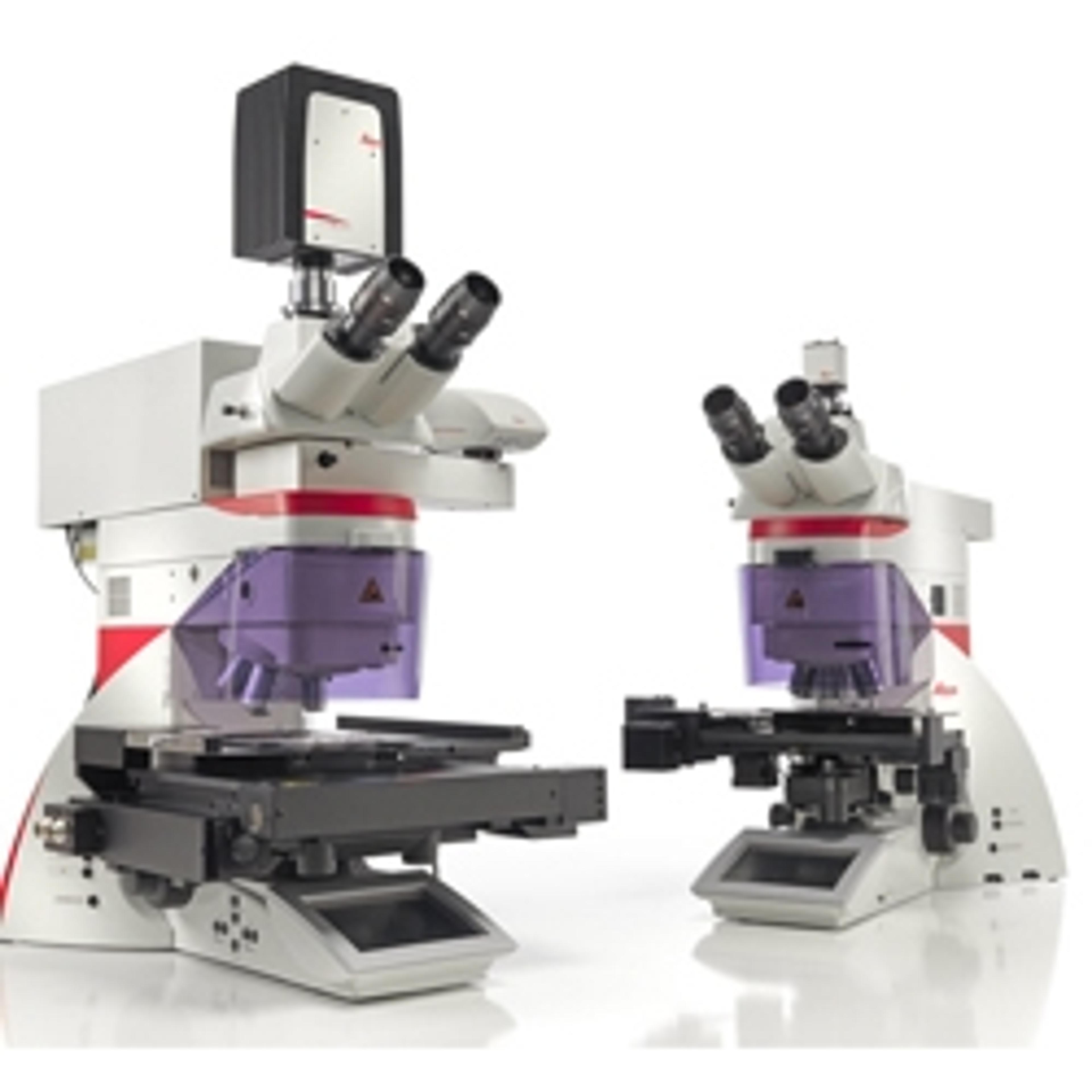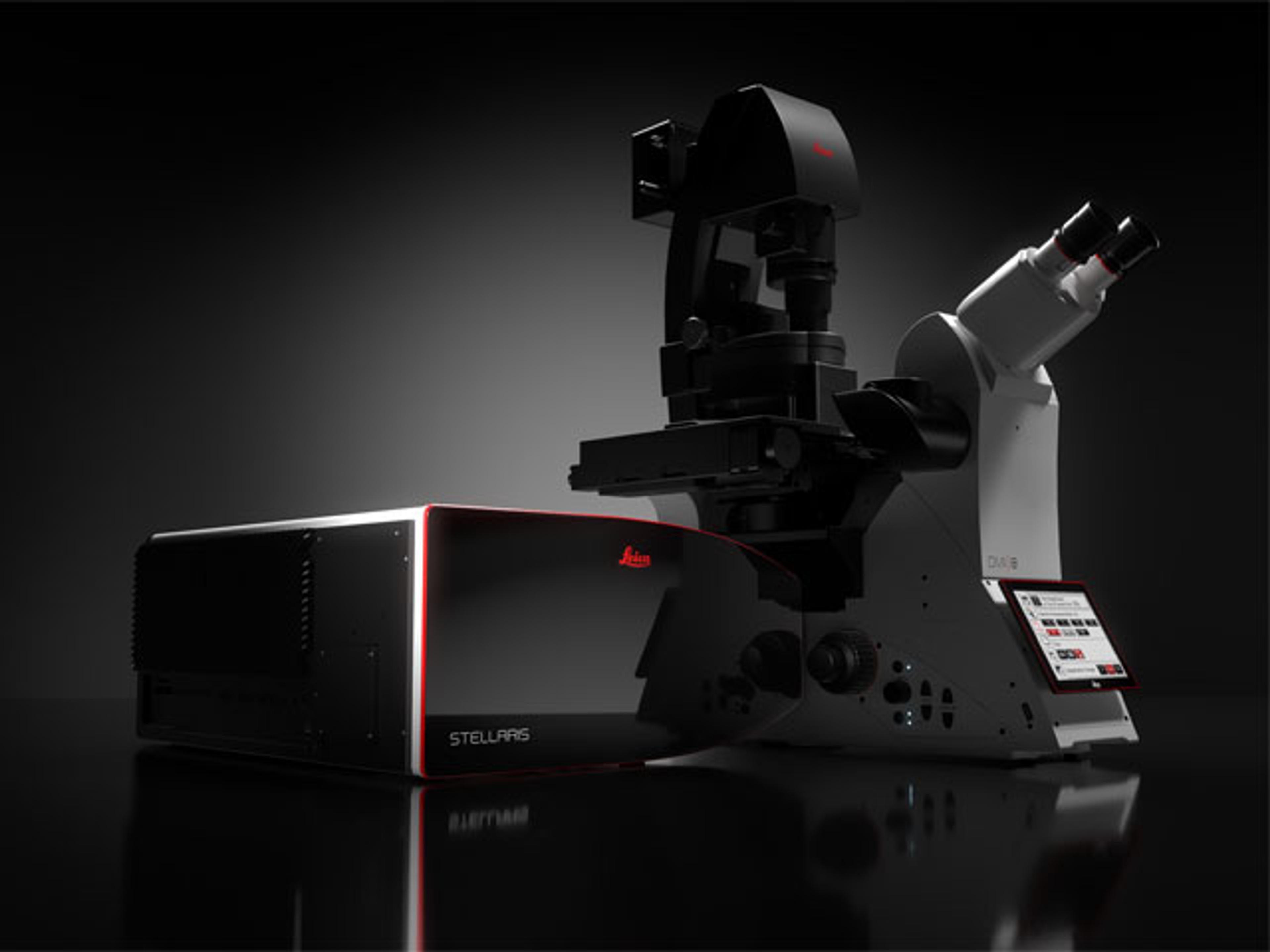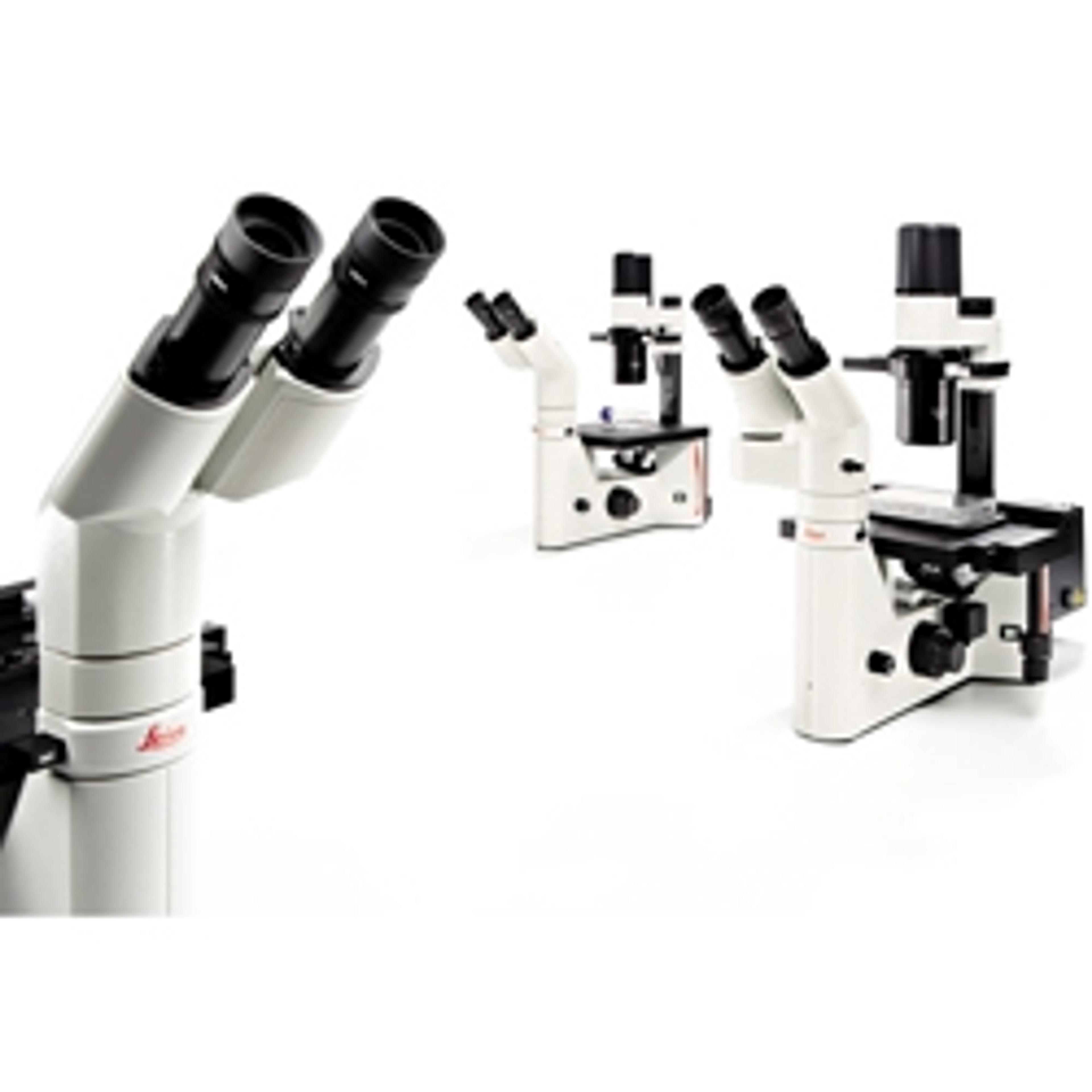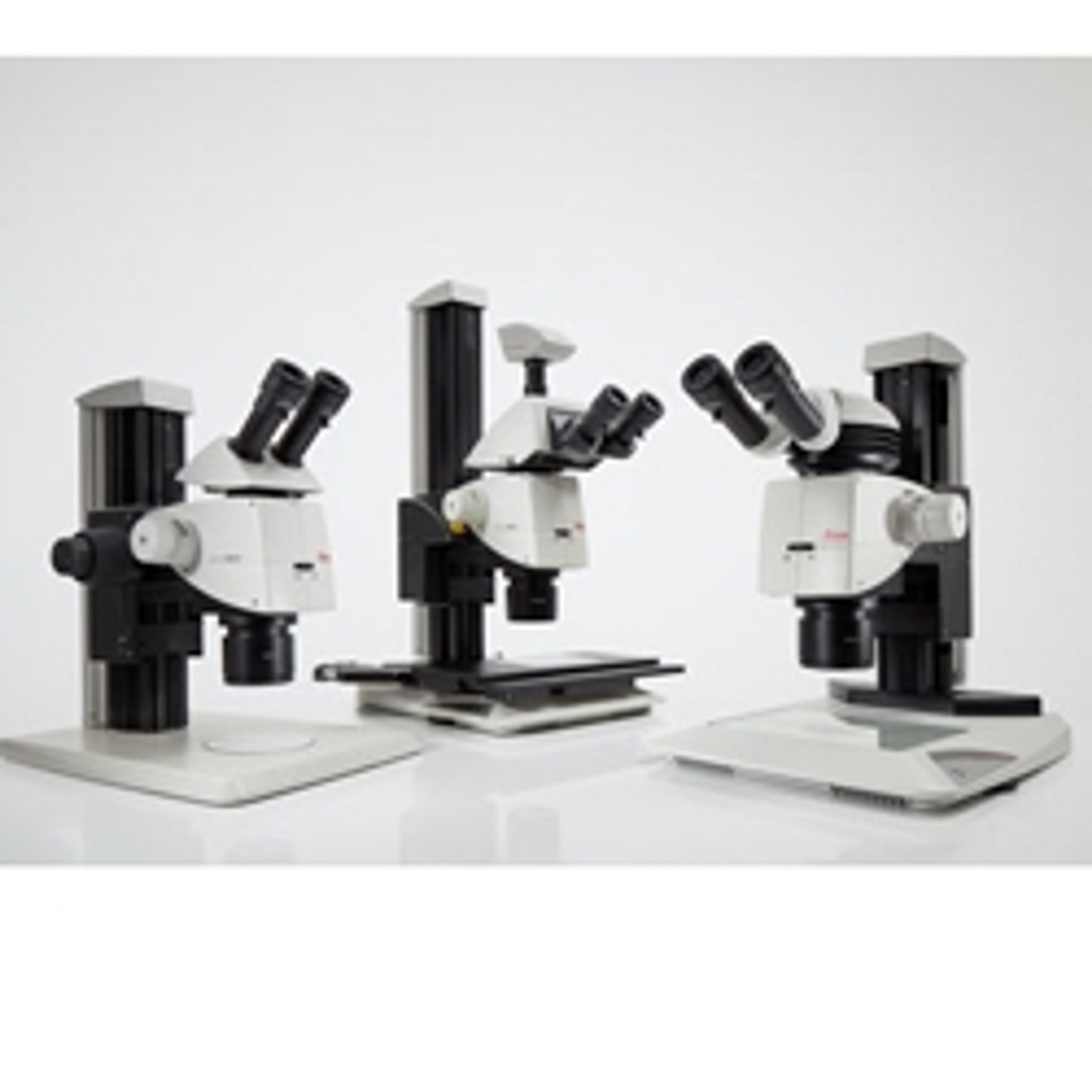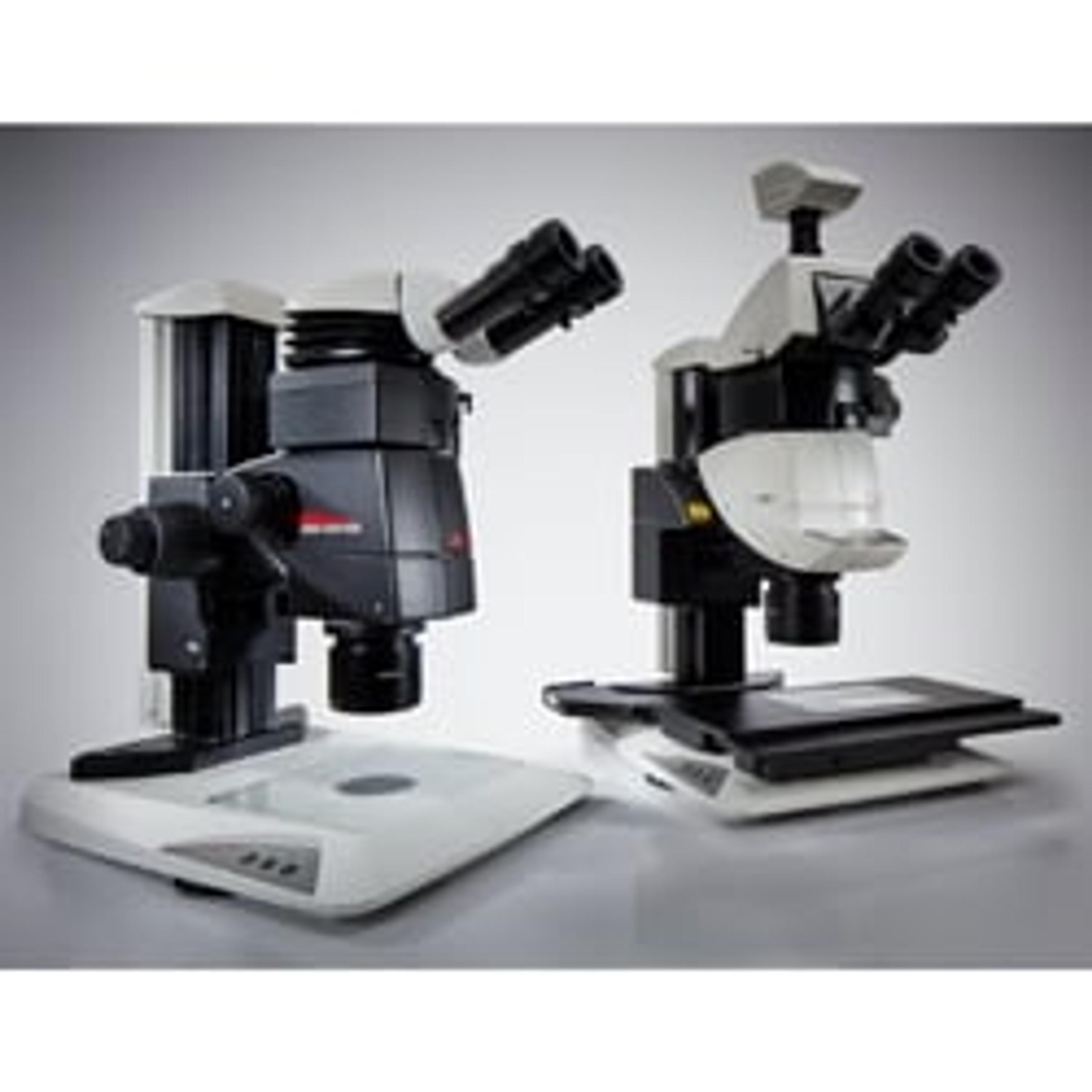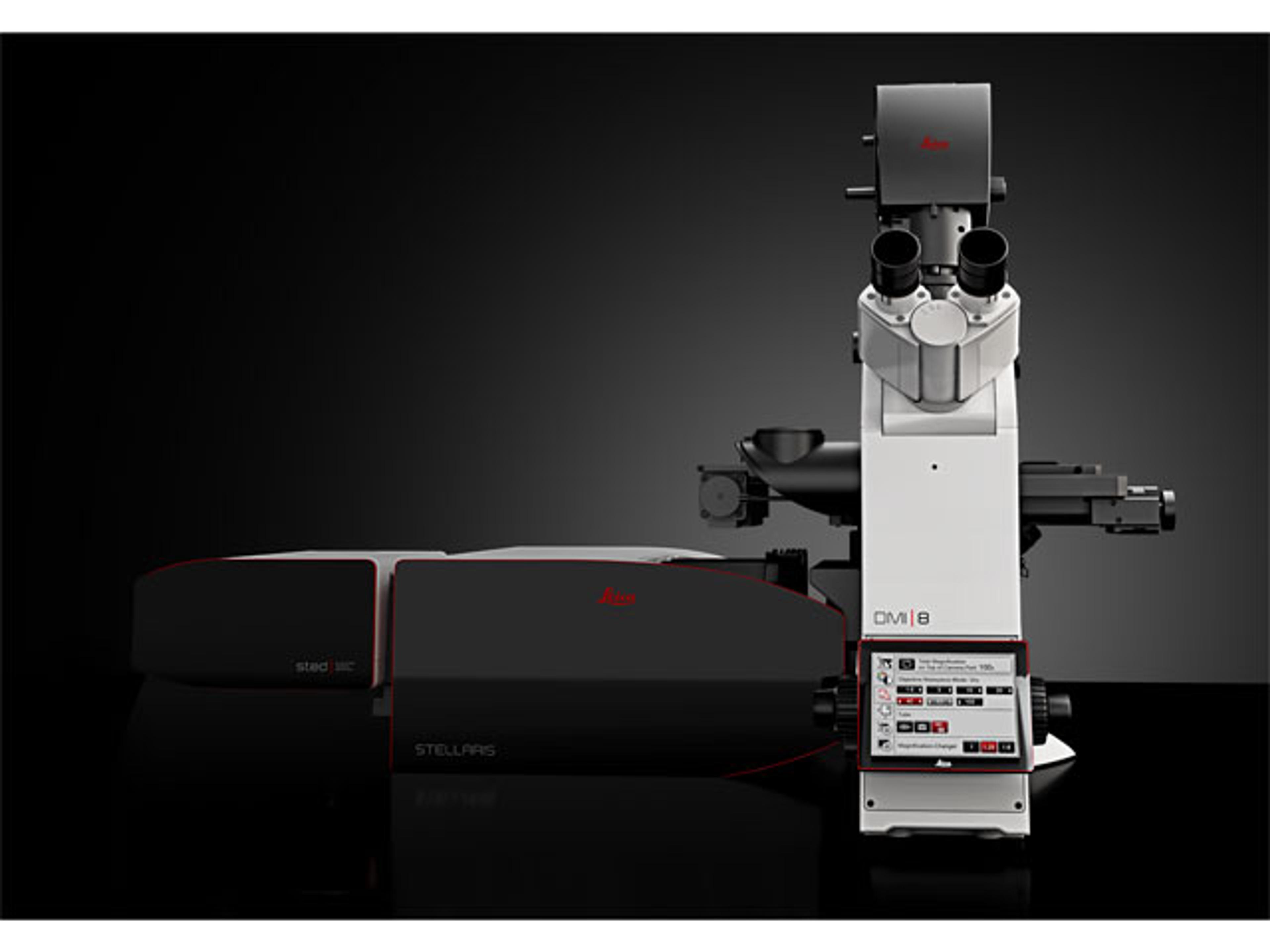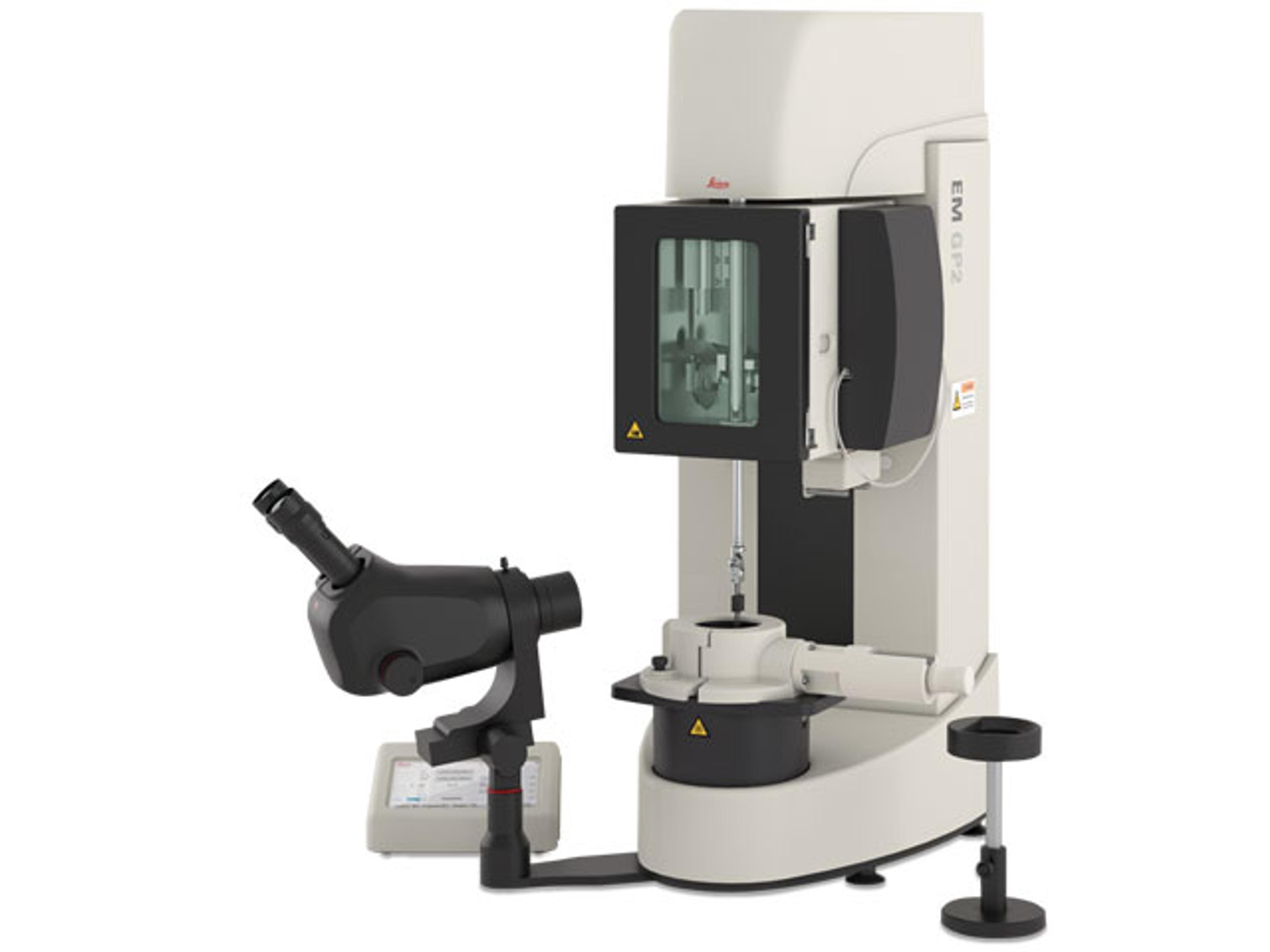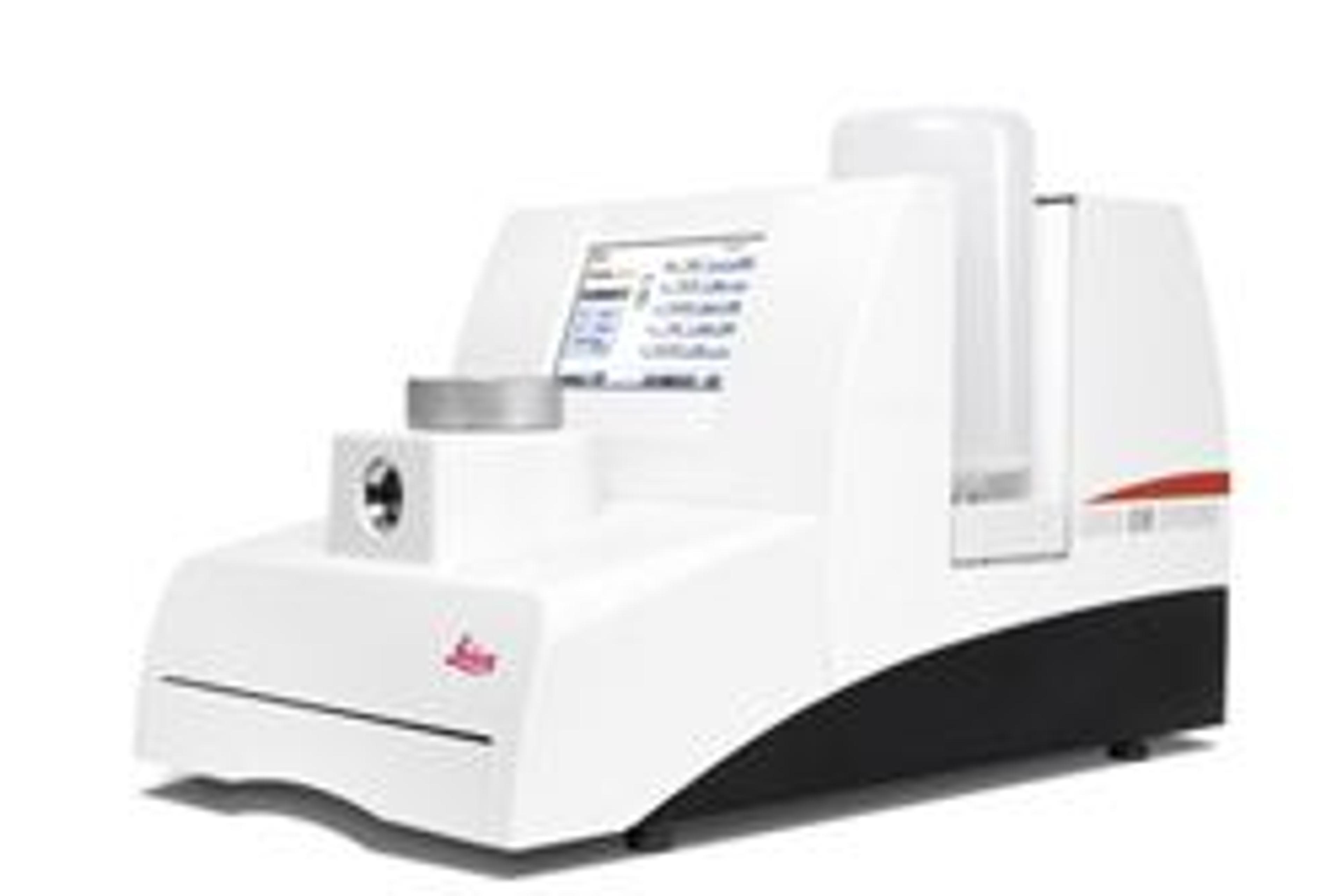DM750 M binocular materials microscope
The Leica DM750 M is the ideal microscope for basic materials applications in an Industrial Lab or Material Science course. Its versatile stage and reflected light system work in combination to deliver high-quality images of the most demanding specimens.
Good experience.
Identification of crystalline stuctures
Yes, it's good and easy to use in laboratory. i have a good experience during my practicals. we can use to identify the rock minerals and structures. we can also use for the analysis of minerals, plastics and polymers, drugs and pharmaceuticals, or pigments and cement, etc. Depending on our application, we can use these 3 types :(1)The fully coded and semi-automated Leica DM4 P, (2)The manual Leica DM2700 P, (3)The Leica DM750 P educational microscope. Strain-free optics, because we need to be sure that the observed birefringence results from the sample and not from the optics. LED illumination is crucial, because it lights the samples homogenously and at a constant color temperature. Polarizers will make birefringence visible and a rotatable stage enables us to align the sample and optical axis. We need a Bertrand lens for conoscopic observation of the optical axis and compensators for measurement tasks. Thank you
Review Date: 22 Nov 2017 | Leica Microsystems Europe
Routine bacterial analysis
It is very recommendable for routine water analysis. The results are easy to acquire, of high quality, and the best reason is the direct application to LIMS software. Many thanks.
Review Date: 26 Aug 2015 | Leica Microsystems Europe
Binocular materials microscope for education and metallography
The Leica DM750 M is the ideal microscope for basic materials applications in an Industrial Lab or Material Science course. Its versatile stage and reflected light system work in combination to deliver high-quality images of the most demanding specimens.
The mechanical stage can be used for both transmitted and reflected light. It can be equipped with various specimen holders to accommodate mounted specimens of different diameters.
The unique Reflected light LED illuminator provides brightfield, polarized light, and oblique illumination. This allows you to work with many different specimens with the same microscope configuration.







